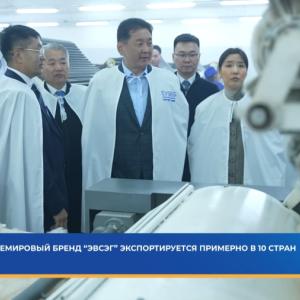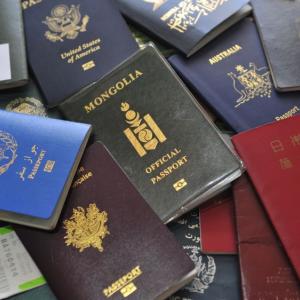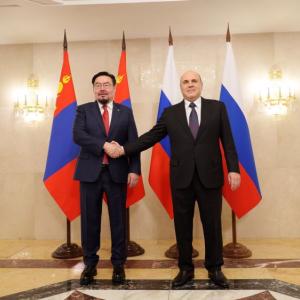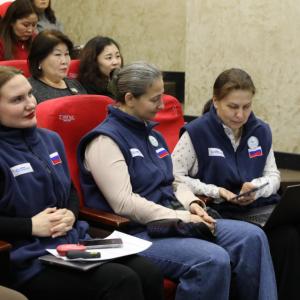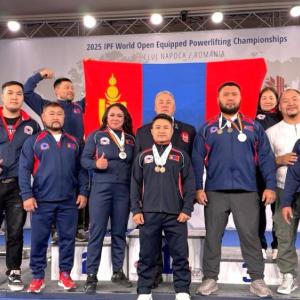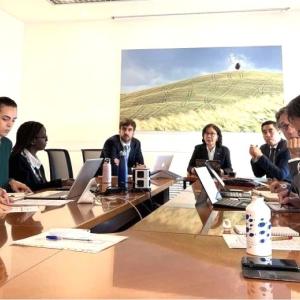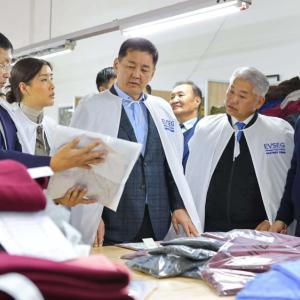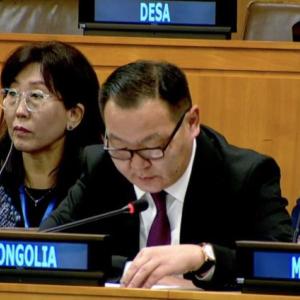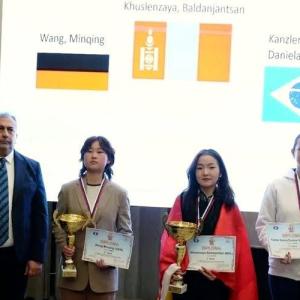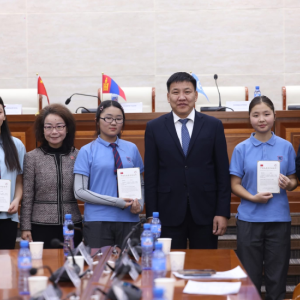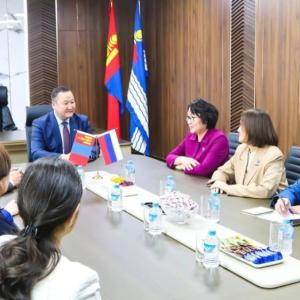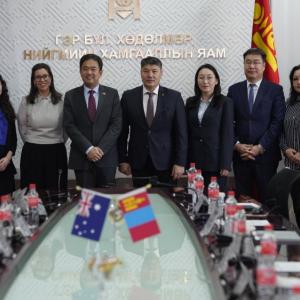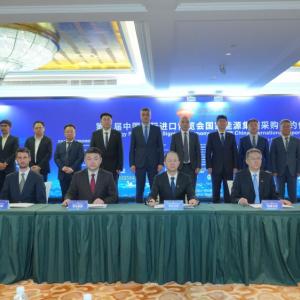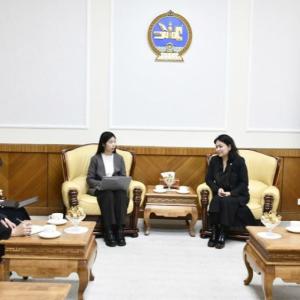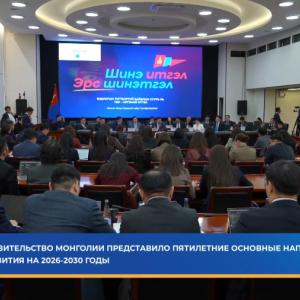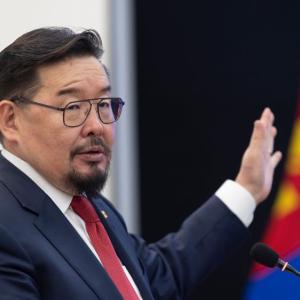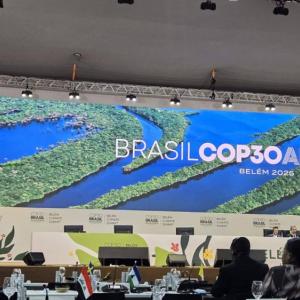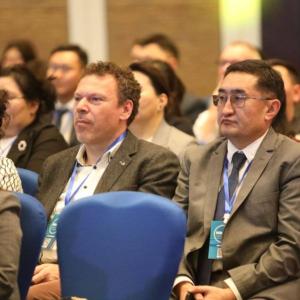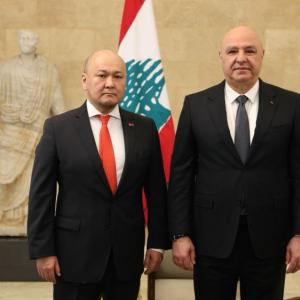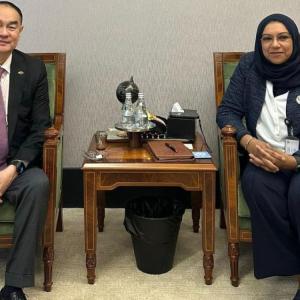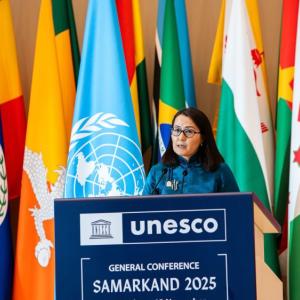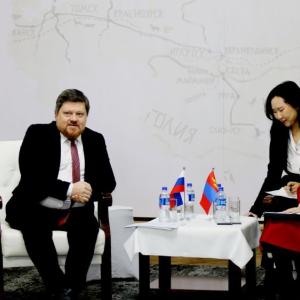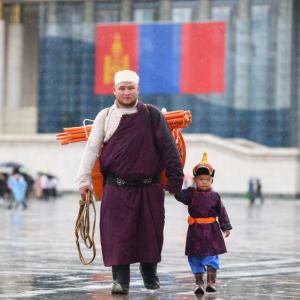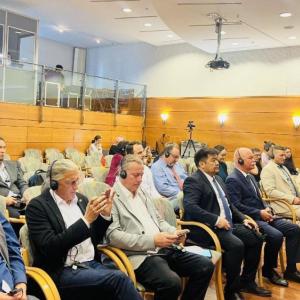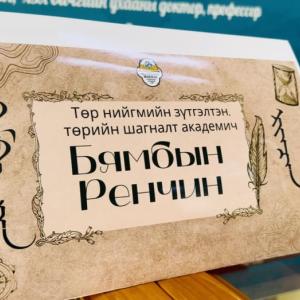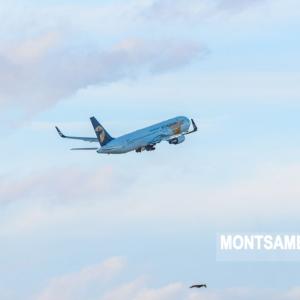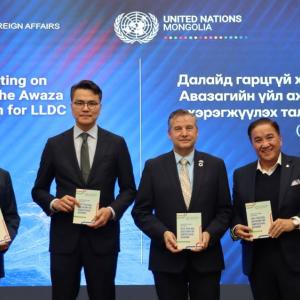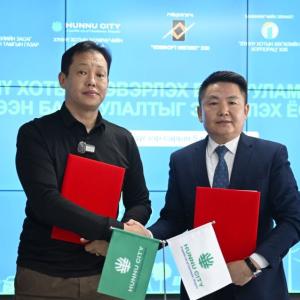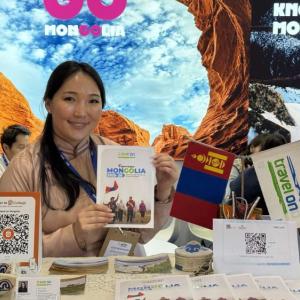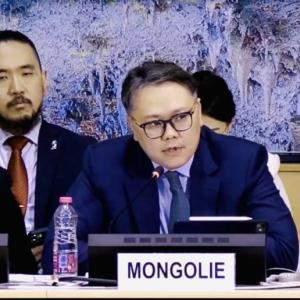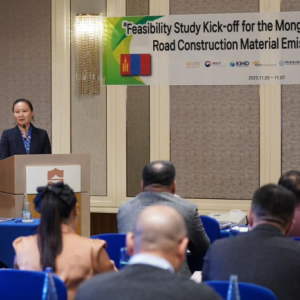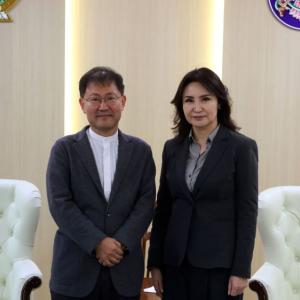CAMC 2025 Mobilizes Regional Action on Media Viability in Tashkent
Society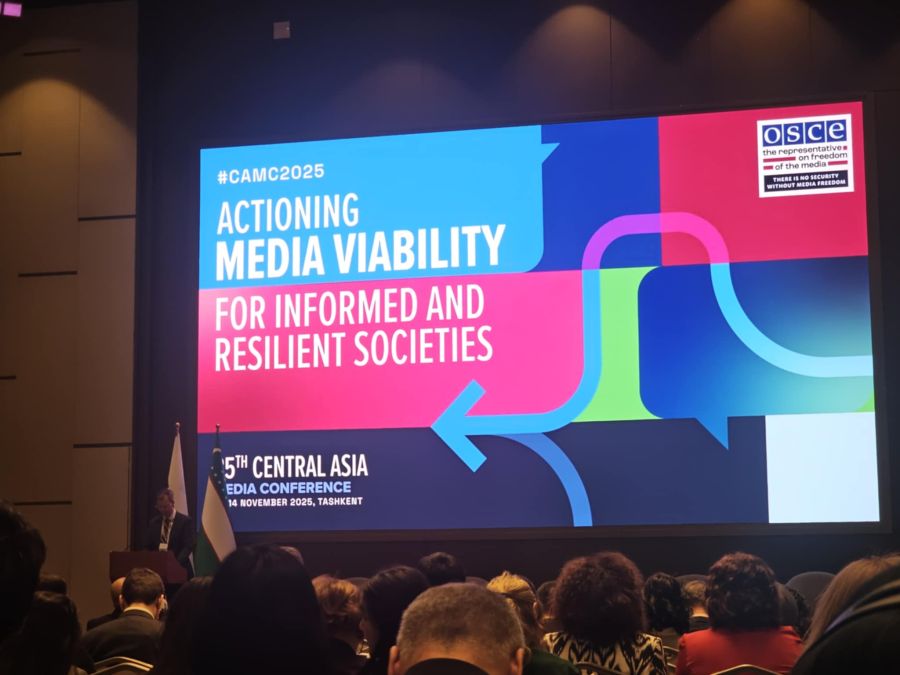
Tashkent, November 18, 2025 /MONTSAME/. The 25th Central Asia Media Conference (CAMC 2025) concluded in Tashkent after two days of high-level discussions focused on strengthening independent journalism amid rapid technological change and growing financial pressures on the media sector.
Organized by the Office of the OSCE Representative on Freedom of the Media (RFoM), the conference gathered government officials, civil society leaders, and media experts from Central Asia and Mongolia under the theme “Actioning Media Viability for Informed and Resilient Societies.” Held from November 13-14, 2025, at the Hotel InterContinental Tashkent, CAMC 2025 centered on four critical pillars: navigating Big Tech and AI, reinforcing legislative frameworks, ensuring journalist safety, and countering disinformation through media literacy.
The opening session featured remarks from Ambassador Jan Braathu, OSCE Representative on Freedom of the Media; Muzaffarbek Madrakhimov, Deputy Minister of Foreign Affairs of Uzbekistan; Ambassador Terhi Hakala, OSCE Chairperson-in-Office’s Special Envoy; and Sergei Sizov, Senior Project Officer at the OSCE Project Coordinator’s Office in Uzbekistan. Speakers underscored that media resilience requires both political commitment and robust public-interest journalism that serves citizens in a rapidly shifting digital space.
Keynote speaker Meera Selva, Chief Executive Officer of Internews Europe, stressed that viable media must be grounded in shared democratic values. She highlighted that a financially sustainable press alone is insufficient; independent journalism must also reinforce social cohesion, trust, and democratic accountability.
 In an interview on the sidelines, Ambassador Braathu emphasized the mounting financial pressure on local media throughout the region, noting that economic fragility remains one of the greatest challenges to sustaining independent journalism. He described local media as “vitally important” for informing communities and maintaining accountability, yet acknowledged that their financial sustainability is under strain everywhere.
In an interview on the sidelines, Ambassador Braathu emphasized the mounting financial pressure on local media throughout the region, noting that economic fragility remains one of the greatest challenges to sustaining independent journalism. He described local media as “vitally important” for informing communities and maintaining accountability, yet acknowledged that their financial sustainability is under strain everywhere.
The ambassador also expressed concern about the rapid pace of AI entering newsrooms. He warned that many editorial teams are using AI tools without proper ethical norms or internal guidelines, a trend he described as “dangerous” given the absence of rules of engagement. Establishing ethical standards for AI, he noted, will be a growing priority for the RFoM.
He additionally highlighted the importance of media literacy as a long-term solution against misinformation, confirming that the RFoM will publish a compendium of media literacy curricula across the OSCE region next year. He observed that while media outlets must innovate to reach audiences with shorter attention spans, they must do so without compromising depth or accuracy. “We are in a clickbait society,” he said. “Delivering depth in a short and engaging format is the major challenge.”
 Expert contributions during the session on Big Tech and AI featured Iva Nenadić, Scientific Coordinator at the European University Institute’s Centre for Media Pluralism and Media Freedom. Nenadić emphasized that while AI can expand journalistic capacity and support innovation, journalists must remain vigilant about the technology’s shortcomings and potential biases. Transparency, she said, is essential for maintaining professional integrity: journalists must fully understand the tools they use and be honest with audiences when those tools shape editorial outcomes.
Expert contributions during the session on Big Tech and AI featured Iva Nenadić, Scientific Coordinator at the European University Institute’s Centre for Media Pluralism and Media Freedom. Nenadić emphasized that while AI can expand journalistic capacity and support innovation, journalists must remain vigilant about the technology’s shortcomings and potential biases. Transparency, she said, is essential for maintaining professional integrity: journalists must fully understand the tools they use and be honest with audiences when those tools shape editorial outcomes.
Nenadić also underscored the value of regional cooperation, noting that CAMC 2025 created a rare space for all five Central Asian countries and Mongolia to exchange experiences. She highlighted that there is no universal blueprint for media sustainability, but regional learning helps countries develop policies grounded in their own contexts.
 Gunjidmaa Gongor, Executive Director of the Media Council of Mongolia, delivered Mongolia’s contribution to the forum during the session on journalist safety. Drawing from the Council’s research on digital threats, she outlined three pressing areas where support for Mongolian journalists must be strengthened.
Gunjidmaa Gongor, Executive Director of the Media Council of Mongolia, delivered Mongolia’s contribution to the forum during the session on journalist safety. Drawing from the Council’s research on digital threats, she outlined three pressing areas where support for Mongolian journalists must be strengthened.
First, she emphasized the importance of information safety, noting that journalists must have full and unobstructed access to public information to ensure accurate reporting. Second, she stressed that source protection must be firmly enshrined in law, highlighting that this safeguard is reflected in Mongolia’s draft Law on Freedom of the Press. Its adoption, she said, would significantly bolster press freedom.
Third, she pointed to escalating digital threats, including harassment, intimidation, and technology-enabled attacks that increasingly affect journalists and their families. She said that these risks make legal protections and stronger internal newsroom safety policies equally vital, especially as newsrooms adapt to new technologies.
CAMC 2025 concluded with the release of a number of tools and frameworks designed to support media resilience across the region. Among them was Reporting the Environment: A Practical Guide for Journalists, a new RFoM-UNESCO publication aimed at improving coverage of climate change, pollution, biodiversity loss, and environmental misinformation.

Participants also engaged with the newly launched Policy Manual on Safeguarding Media Freedom in the Age of Big Tech Platforms and AI, which outlines practical measures for strengthening media visibility, viability, and editorial independence. Additionally, attendees explored the Media Viability Manifesto, a strategic framework based on global lessons for sustaining independent media as a public good.
The conference concluded with participating states reaffirming their commitment to deeper regional cooperation, stronger legal frameworks, improved journalist safety, and continued support for independent media as a cornerstone of democratic governance across Central Asia and Mongolia.

Связанные новости
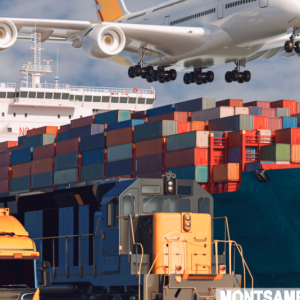

 Ulaanbaatar
Ulaanbaatar






